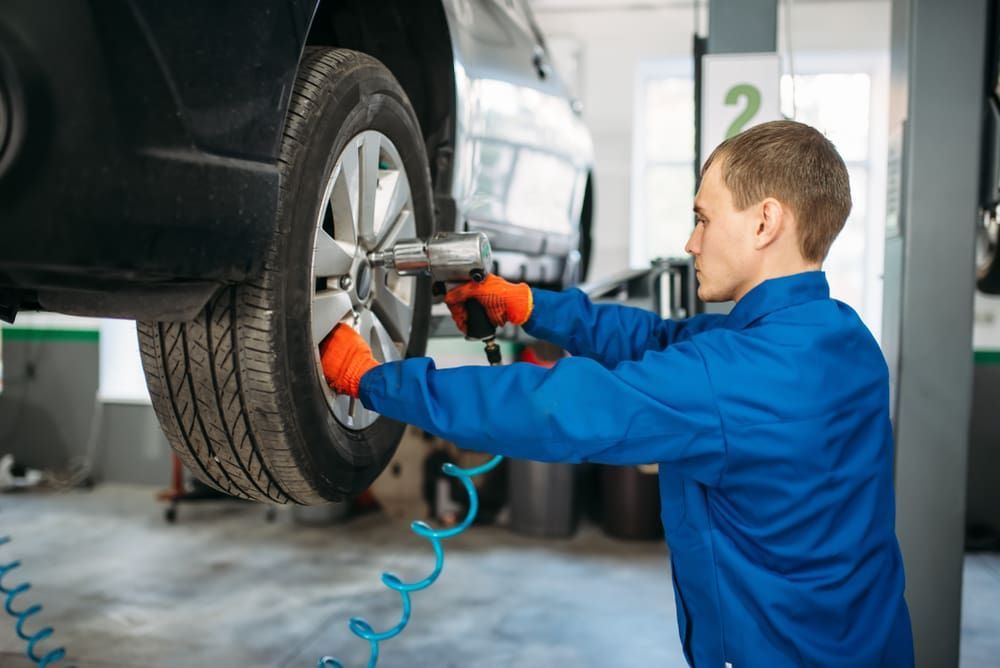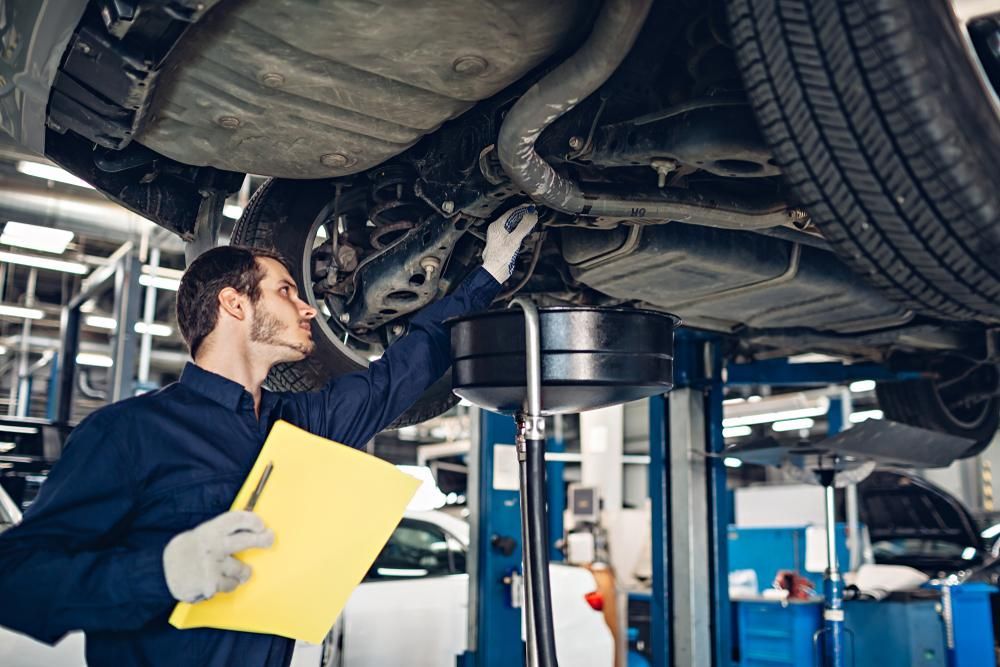Book Your Next Car Service
Looking for reliable and affordable mechanical services from a local team you can trust? Hume Motors has been servicing the Albury and Wodonga regions since 1983. Hume Motors is the first choice for auto repairs in Albury. With more than 30 years of industry experience, you can rest easy knowing we will get the job done right.
Our extensive mechanical services include brake, clutch and shock absorber repairs, radiator repairs, LPG service and repairs, battery charging and sales, heater core and radiator exchange, light testing and diagnostics, engine exchange, general mechanical repairs and more. We also do NSW and VIC roadworthy inspections, as well as blue and pink slip servicing for NSW-registered cars.
Don't suffer through extreme weather, bring your car to Lavington's auto air conditioning specialists. Our qualified mechanics provide our affordable air conditioning installations, repairs and re-gassing. Our team is kept up-to-date with the latest training and techniques in our industry.
You can be assured your vehicle is in good hands at our Lavington mechanical workshop.
Mechanical Services We Provide
At Hume Motors, we provide a local area pick-up and drop-off for your convenience. To book your vehicle in for a service or repairs, contact us today. Over our 3 decades of operation, we have built a stellar reputation for delivering excellent results in all areas of automotive servicing, including:
- VACC-accredited vehicle inspections
- Engine rebuilds
- 4x4 accessory fitting
- EFI tuning
- Logbook servicing
- Brake & clutch repairs
- Air conditioner re-gassing
Our mechanics service all makes and models of cars and 4WDs, and new clients are welcome, so don’t hesitate to call us today.
✨ Mechanic in Albury
✨ Mechanic in Albury
✨ Mechanic in Albury
✨ Mechanic in Albury
Call on our experienced mechanics at Hume Motors for reliable brake, clutch, steering, suspension, engine and LPG repairs. No job is too big or too complicated.
Our team is fully equipped to perform complete logbook servicing on new and older vehicles.
Hume Motors is fully licensed to inspect vehicles of all makes and models and provides documentation for blue slips, pink slips and roadworthy checks.
Are you suffering in the warmer months? Get our team to re-gas, service or repair your car’s air conditioner. Licence No. AU07977.
Location We Service
Contact Our Team Today
ABN. 99 003 643 552
NSW registration e.g. blue slips, pink slips
VACC accredited
Site Links
WHAT WE DO
Locations We Service
Trading Hours
- Monday
- -
- Tuesday
- -
- Wednesday
- -
- Thursday
- -
- Friday
- -
- Saturday
- Closed
- Sunday
- Closed


















